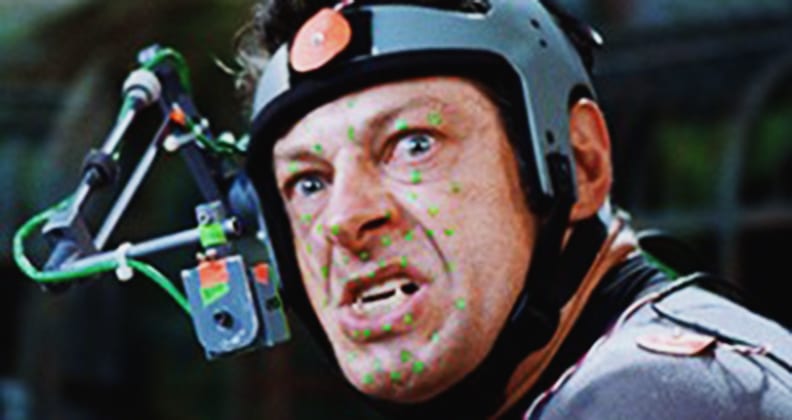You may not know his name, but you definitely know the characters he’s given life to. He’s the man behind Gollum, King Kong and Caesar in Planet of the Apes. His name is Andy Serkis, a pioneer of a new breed of actors called synthespians or virtual actors, who use performance capture technology. Senior Lecturer of Internet Studies, Dr Tama Leaver, discusses why synthespians aren’t given more credit for the characters they create.
Performance capture technology is the real-time recording and digitalisation of the actor’s every movement which is then used to drive a complex digital model which then forms the fictional characters we see on screen. Those on set see the synthespian moving, acting and sounding like the character (or animal) they are playing with hundreds of tiny, motion sensor nodules and cameras positioned all over their body.
[youtube]http://youtu.be/5TsHcomGhpM[/youtube]
As technology advances, more of the synthespian’s performance can be directly transposed onto the face of the digital actor character they are playing, which begs the question, why aren’t synthespians getting more credit for their work? Why is it that Gollum and King Kong are household names but the man who acted out those characters, Andy Serkis, isn’t?
“For many, the question of where the acting ends and the computer generated imagery begins, undermines the authenticity of a performance captured role as a performance, but no performance exists in a vacuum,” says Dr Tama Leaver.
“Every actor’s appearance is constructed through costume, make-up and lighting, their dialogue taken from a script, the eventual role on screen painstakingly led by a director, and carefully filtered and refined during the editing process.”
Performance capture is similar in many ways, but with the additional digital processing to translate the motion and facial expressions of an actor onto an often non-human character.
[youtube]http://youtu.be/hlWyAePmAYM[/youtube]
Serkis researches his characters like any other actor would. He studied gorilla movements in Rwanda to prepare for King Kong, channelled a cat coughing up a hairball to get Gollum’s voice correct, and he wore false chimpanzee teeth to help with his speech in Planet of the Apes. His dedication to playing each role accurately is profoundly obvious in the final cuts.
Huge names in the movie industry such as Peter Jackson, James Franco and Andy Serkis himself have been very vocal about the legitimacy of synthespian performances, saying that they are integral to the digitised character and worthy of critical attention and praise the same as any other actor.
As Tama Leaver states, “Andy Serkis’ role as Caesar is central to Dawn of the Planet of the Apes and as numerous online features emphasise, this is his acting, and his performance. Whether this is the year that such a digital performance is captured by the Oscars or not remains to be seen.”
What are your thoughts? Should synthespians have the right to the same accreditation notoriety as the celebrities they act alongside?



